April 2022
COVID-19 got me eventually on Easter Monday, and I'm still not 100% at the end of April. A day on the Levels on 29th involved a fair bit of sitting down. Hobby, cuckoo singing (including female), sedge warbler singing at Catcott Lows. At least 6 hobbies, red kite, 6 sightings of bittern (at least 3 birds), 4+ whimbrel, 3 glossy ibis and garden warblers at Ham Wall. Photo below of a female blackcap and a bittern.
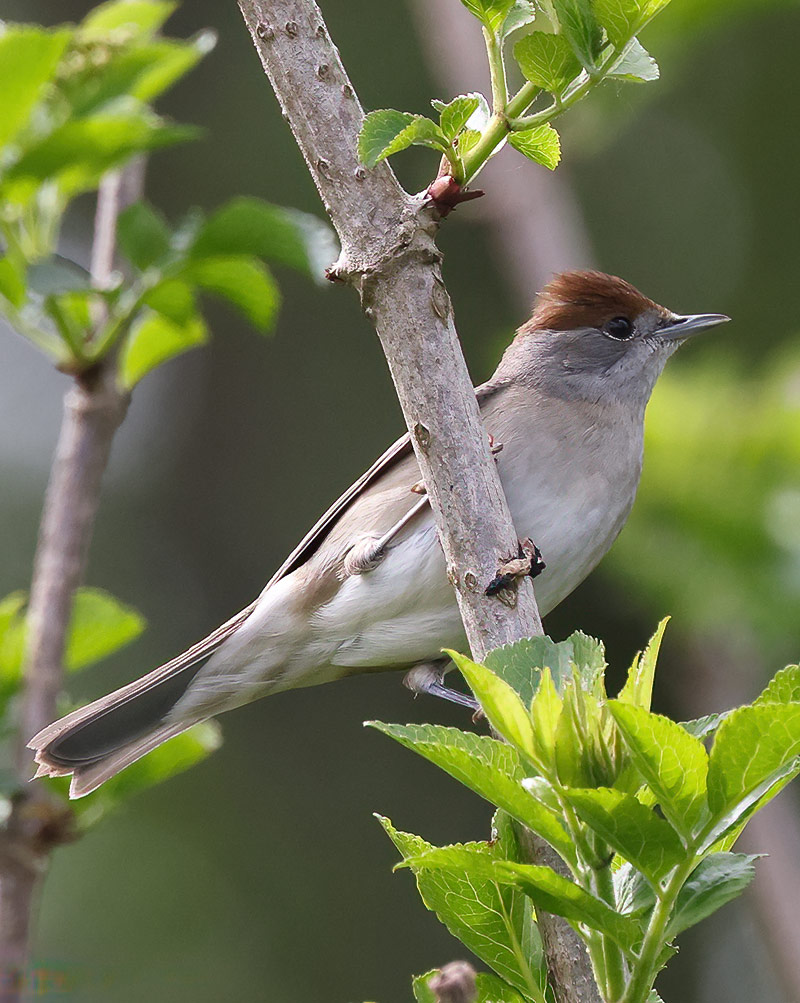
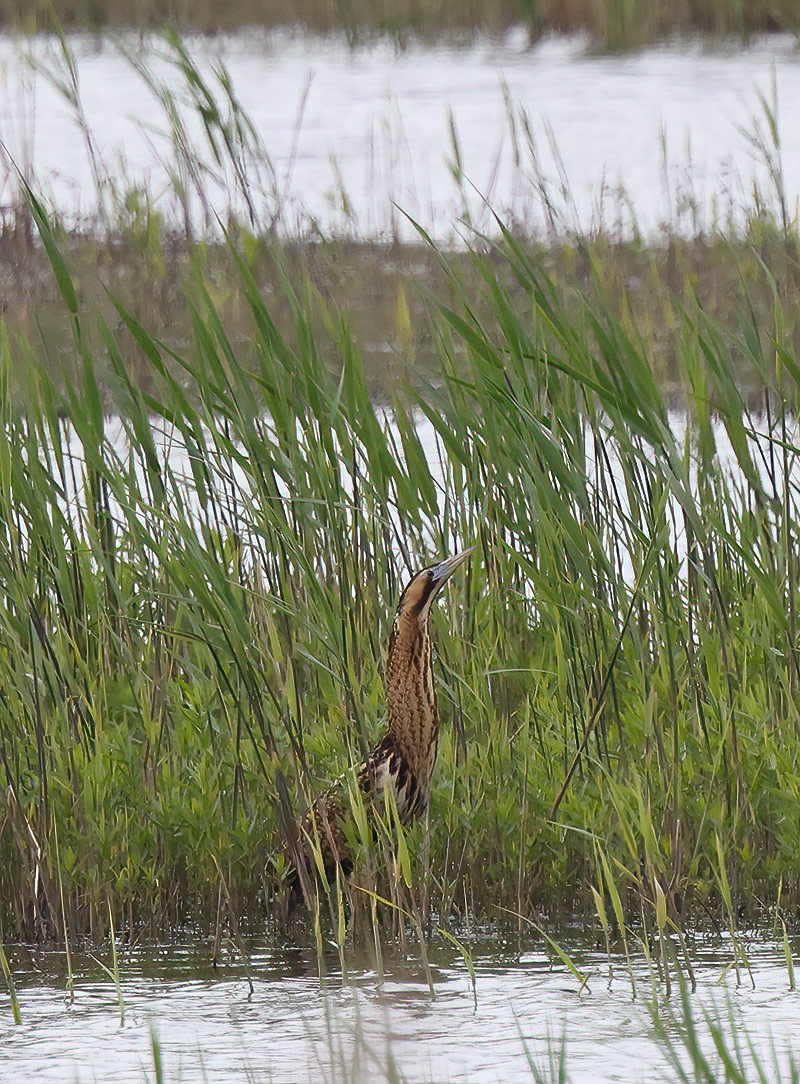
16th. Last year the Barrow Tanks long-tailed duck left on 15th April. He is in advanced summer plumage now, singing, and trying to impress a female tufted duck when not feeding in the middle of Tank 1. I wonder how he will time his departure with tonight's full moon? (Postscript - he indeed seems to have left that night). This is probably his 6th winter at the tanks. Two common sandpipers , 7 little egret and a great white egret also present.
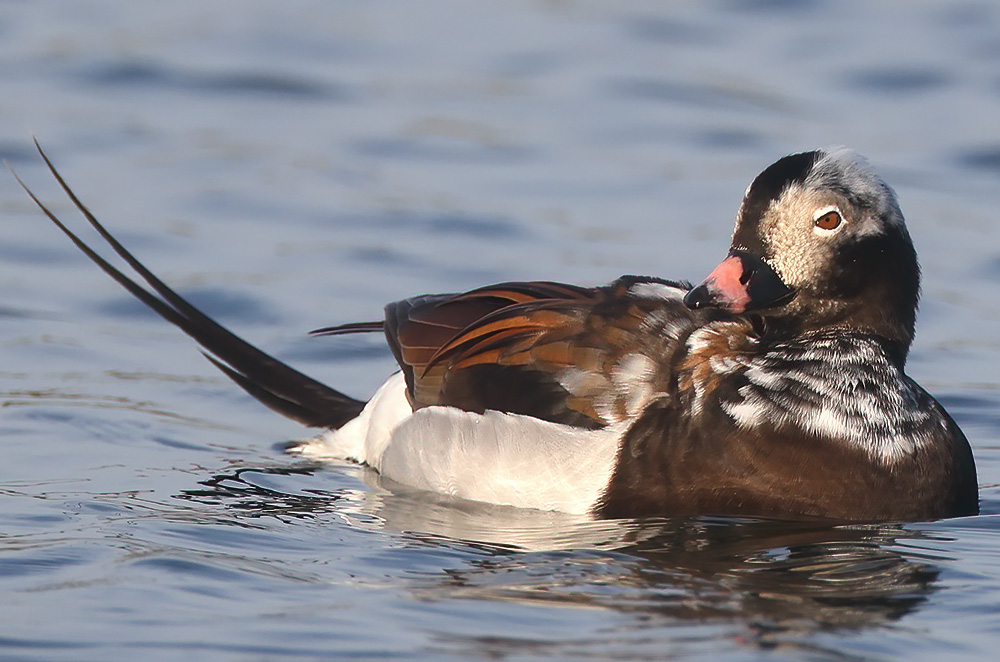
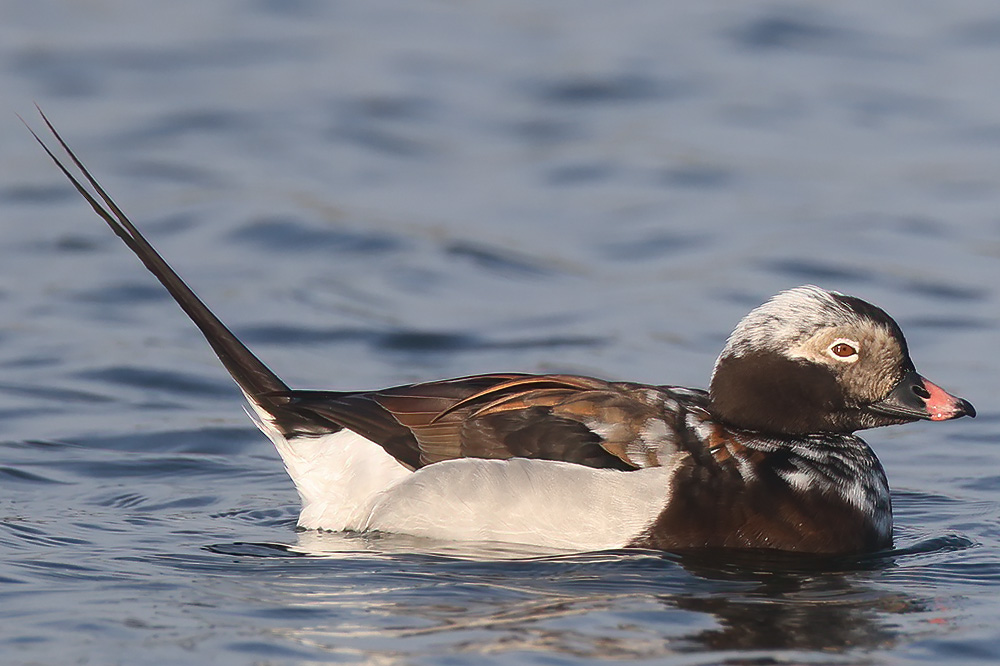
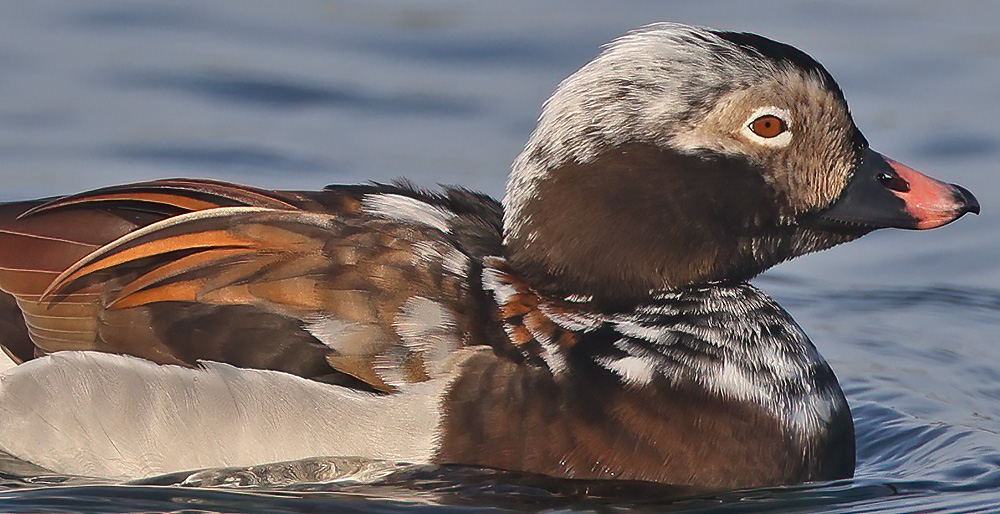
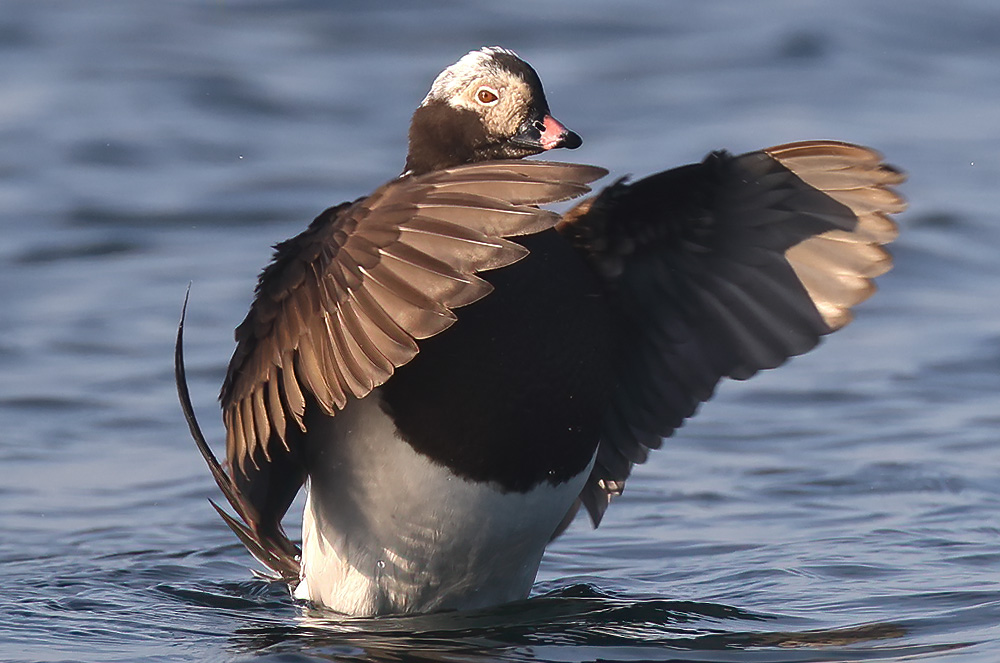
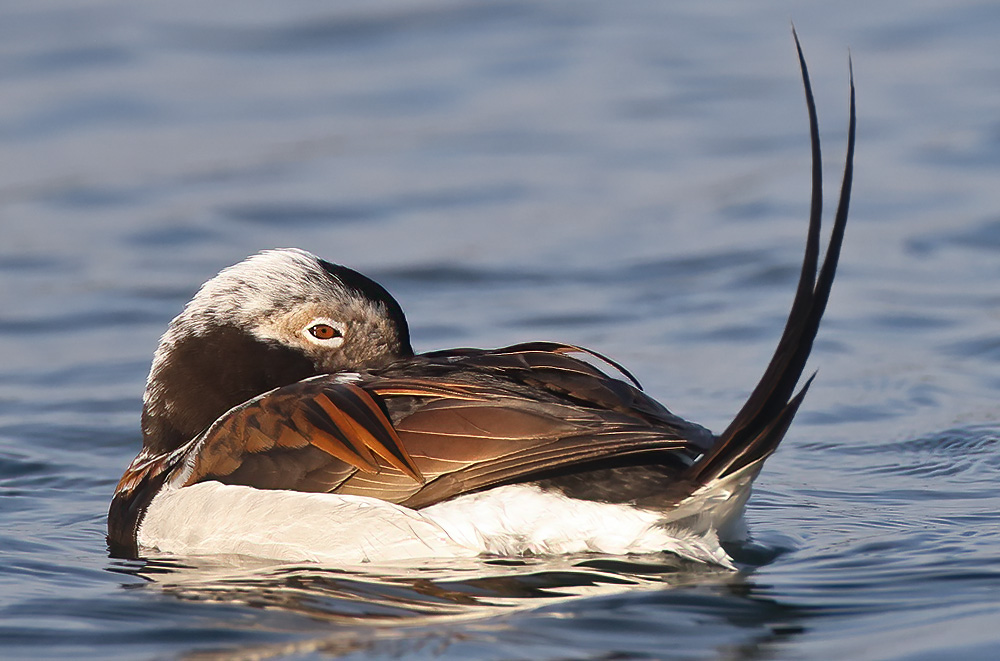
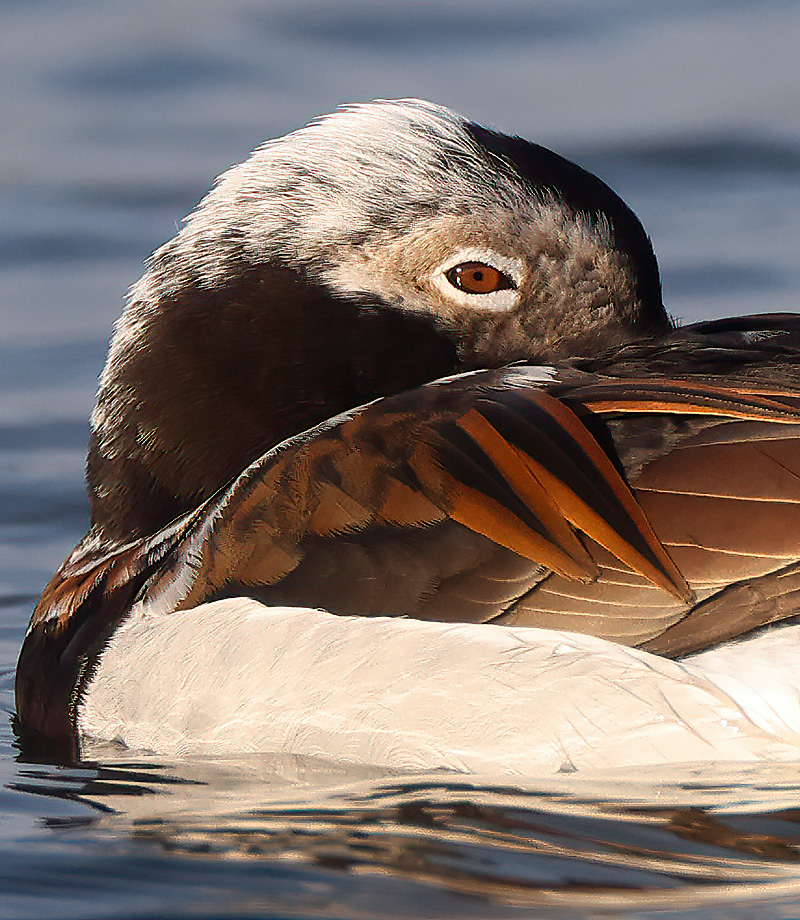
16th. Mining bee Andrena nitida on the Downs.
15th. Chew Valley Lake. Female greater scaup at Stratford, and male lesser scaup, best viewed from Herriot's Bridge.
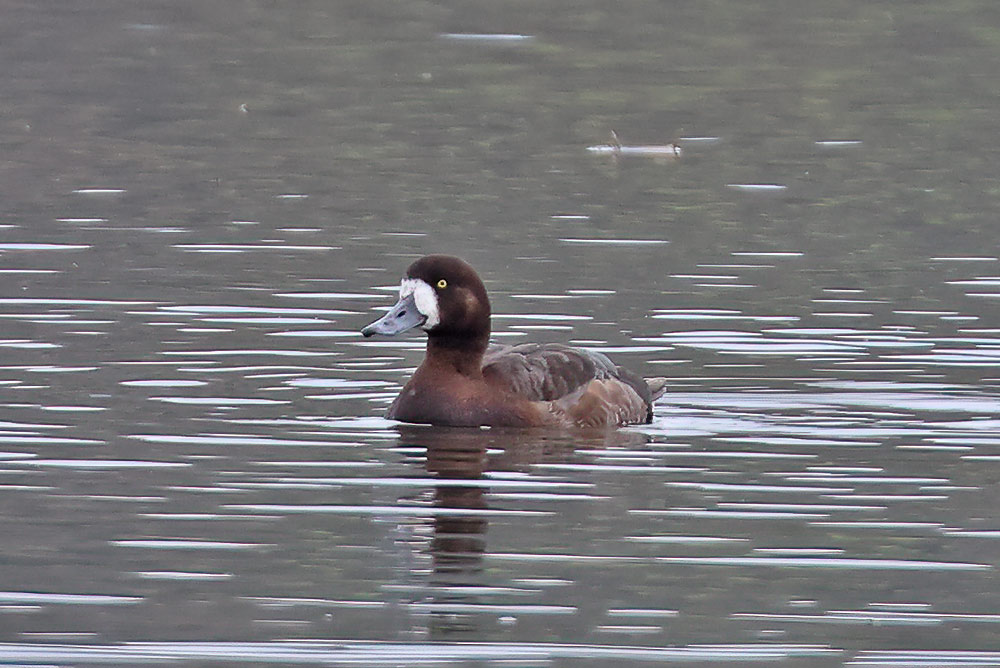
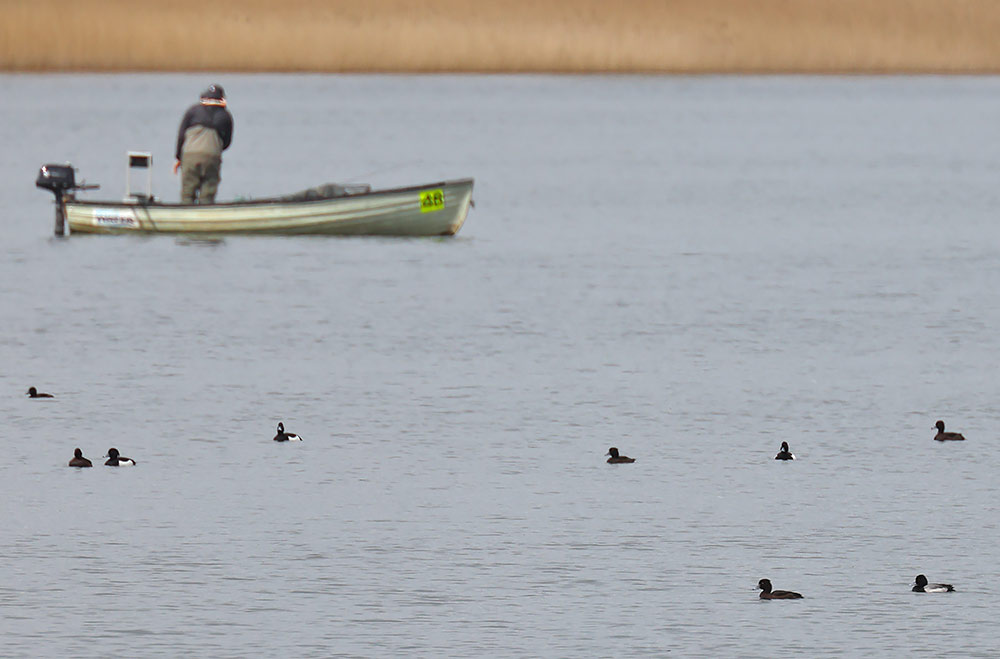
Green sandpiper on Herriot's Pool. There is an interesting gull on Herriot's Pool that shows some characteristics of a Baltic gull Larus fuscus fuscus. It stands out amongst the graellsii birds in terms of small size, elongated shape, small white primary tips and very dark mantle colour (bird is sleeping, middle row, towards RHS of photo).
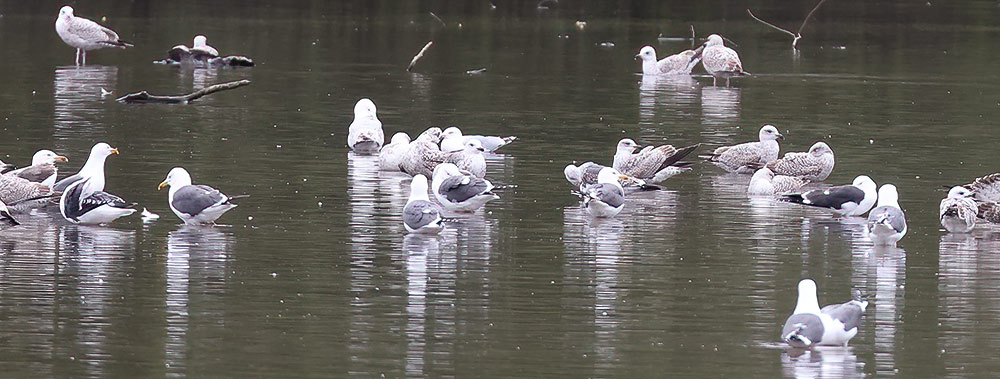
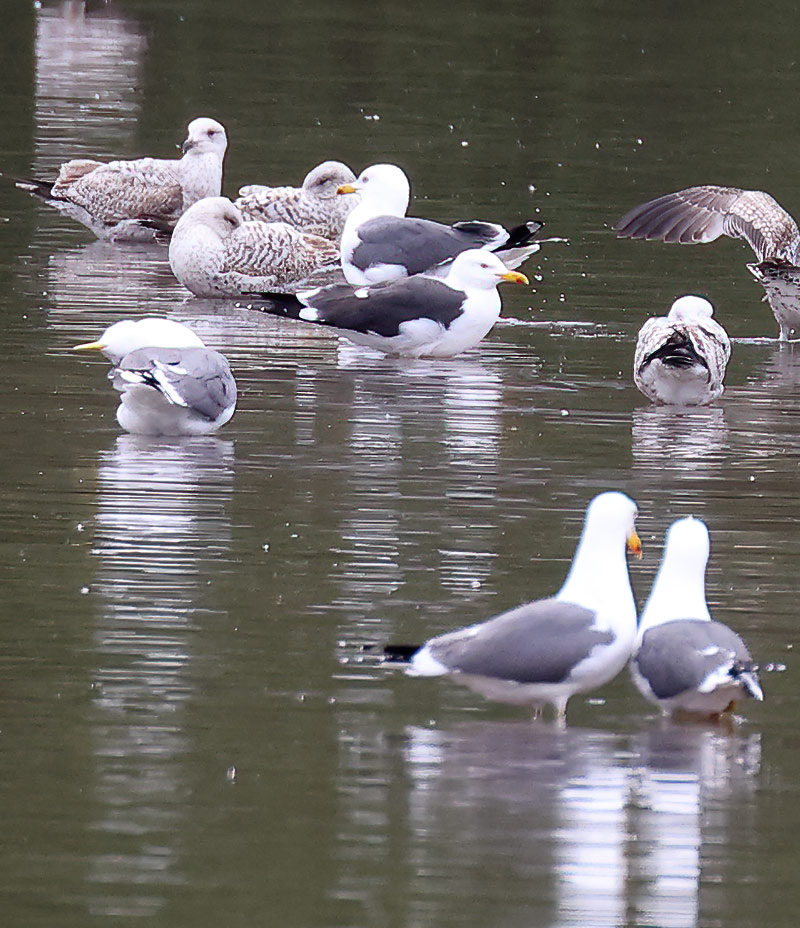
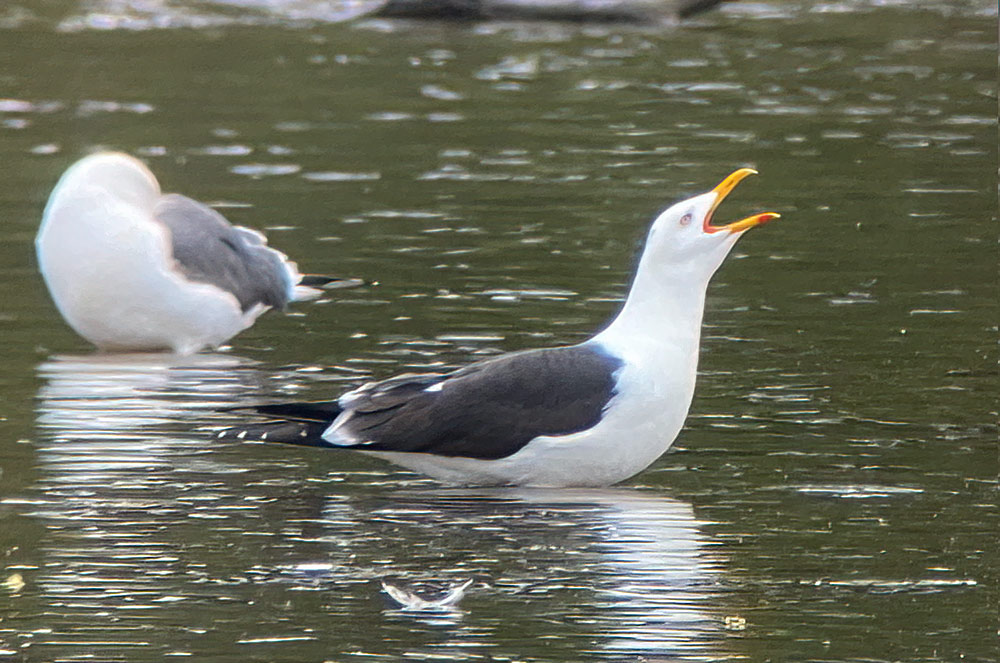
However, others pointed out the mantle may not be black enough for a Baltic gull.

Below is a Baltic gull I photographed in Cyprus, 2009. As the Chew bird is unringed, we will never know its true identity. As Martin Collinson says on Surfbirds 'Using a long sequence of mtDNA, Liebers & Helbig (2002) found a continuous gradation from graellsii, through intermedius to nominate fuscus suggesting little if any reproductive isolation. This genetic cline more or less parallels the changes in mantle colour across the range. So extralimital nominate fuscus are now regarded as essentially unidentifiable, and conspecific with graellsii'. A bird 'showing some characteristics of a Baltic gull' may be an apt description.
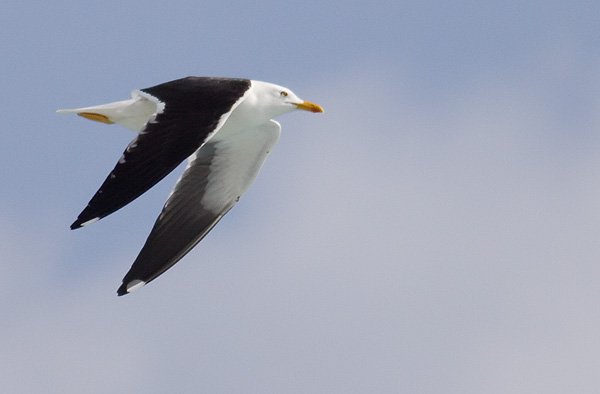
Red-crested pochard at Cheddar reservoir.
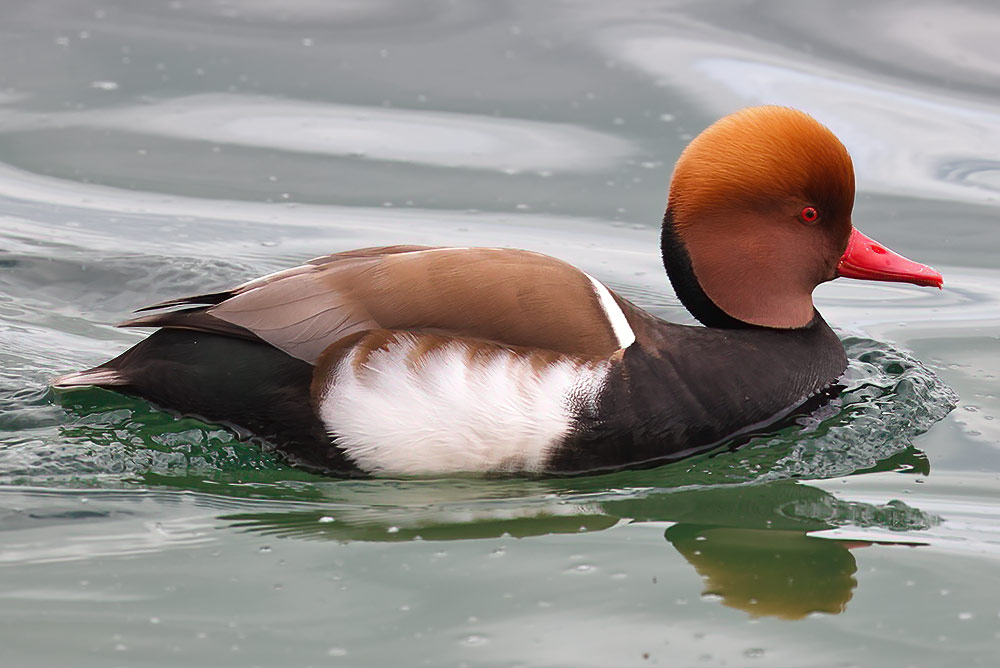
Five garganey (4 drakes), 3 ruff, whitethroat, and a booming bittern at Ham Wall.
12th. Chew Valley Lake while the car had its MOT. The cowslips are out in the Parklands, and the green-winged orchids are beginning to flower.
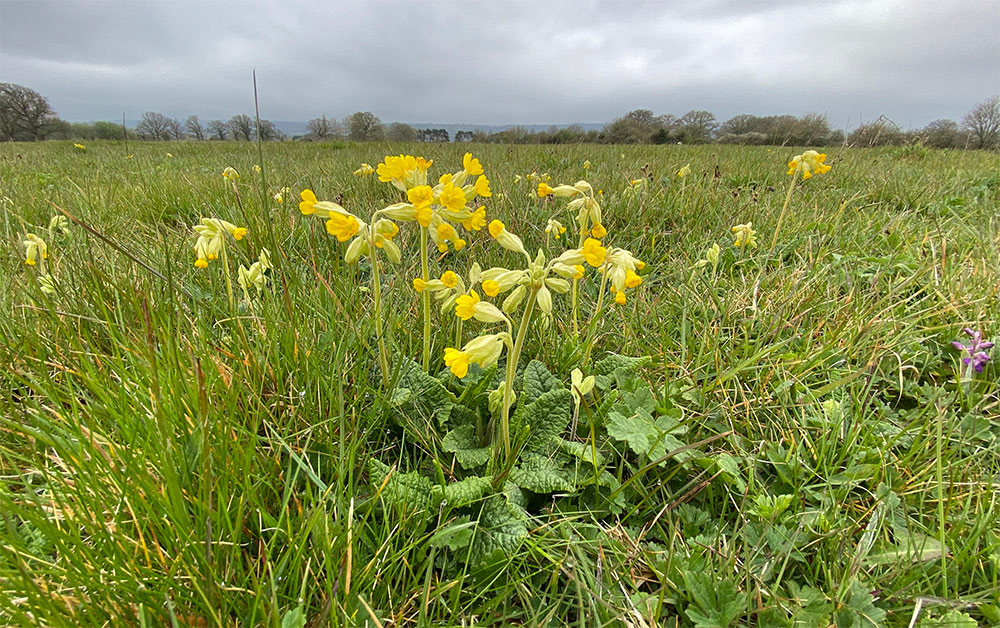
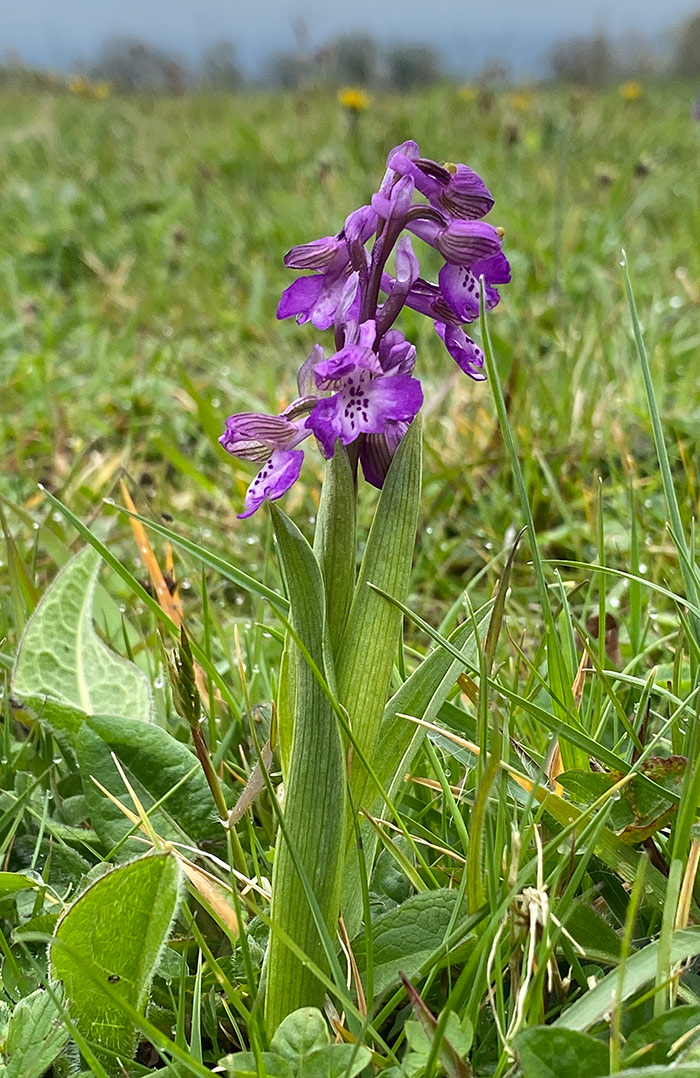
There were a few house martins and swallows amongst the sand martins (400+), and 2 reed warblers were singing next to Stratford Hide. At Heron's Green there were 19 cattle egret, 2 common sandpiper, a ringed plover, and a 'singing' male garganey.
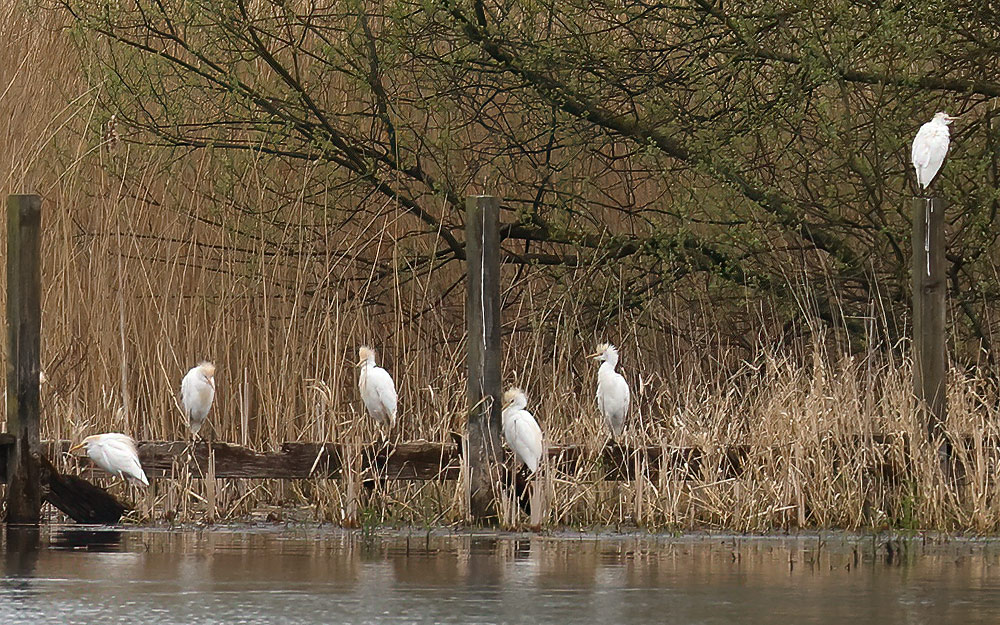
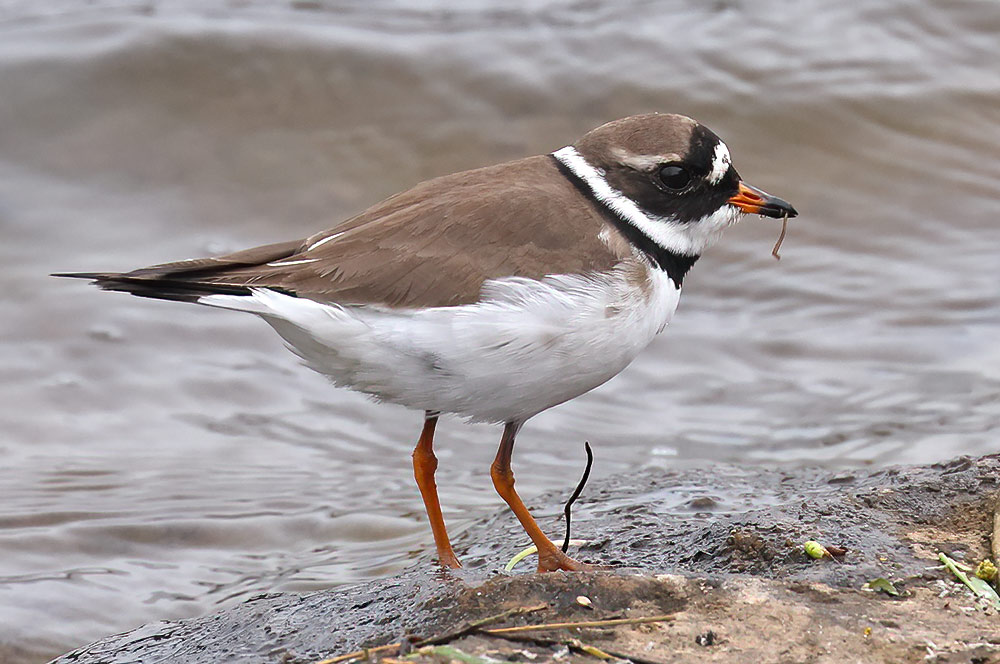
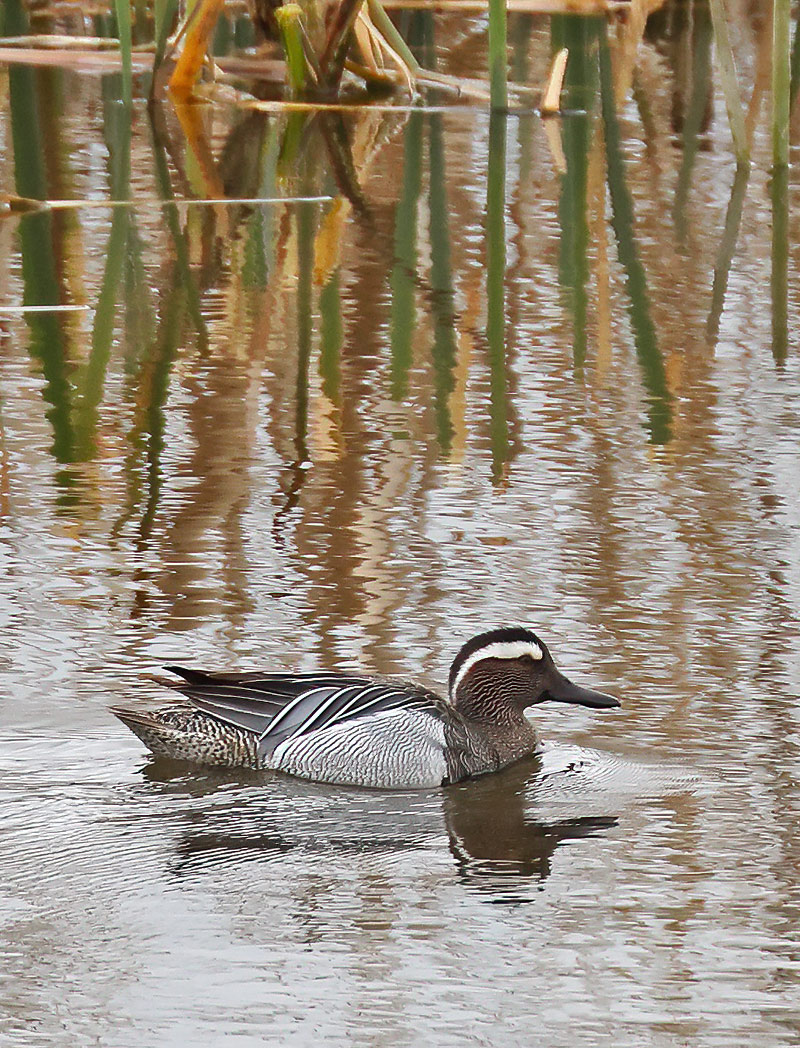
7th-8th. Not only has Orielton Field Centre closed (I would have taught my 25th field course there), so has my favourite pub, The Speculation Inn. Andy Wakefield and I did a recce for our new course at Dale Fort. We are going to have to learn some marine biology - a fine challenge. A great northern diver was in Dale Roads on 7th and 3 sandwich terns off Black Rock. We detected some common pipistrelles near the field centre.
West of Dale Point.
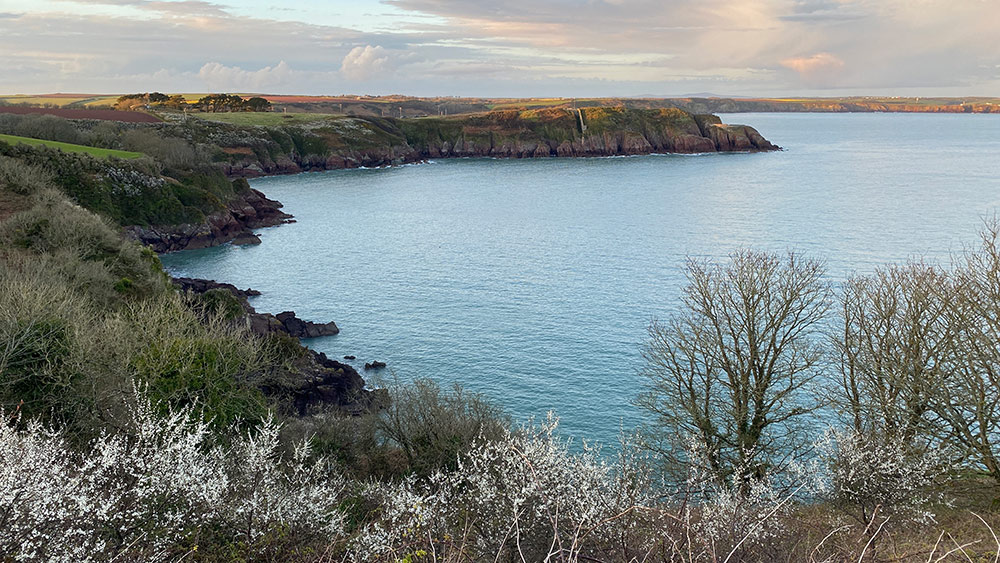
Lichen zonation at Black Rock: black lichen Hydropunctaria; orange Caloplaca and yellow Xanthoria.
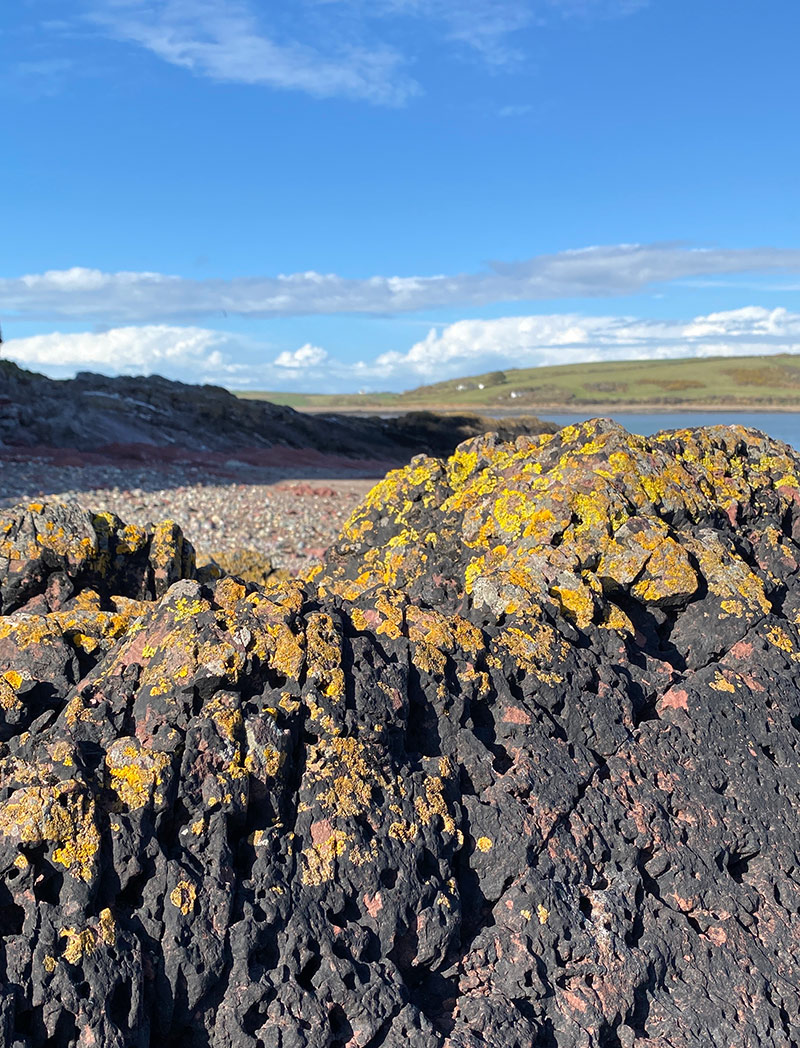
A sea lemon (nudibranch) and sponges.
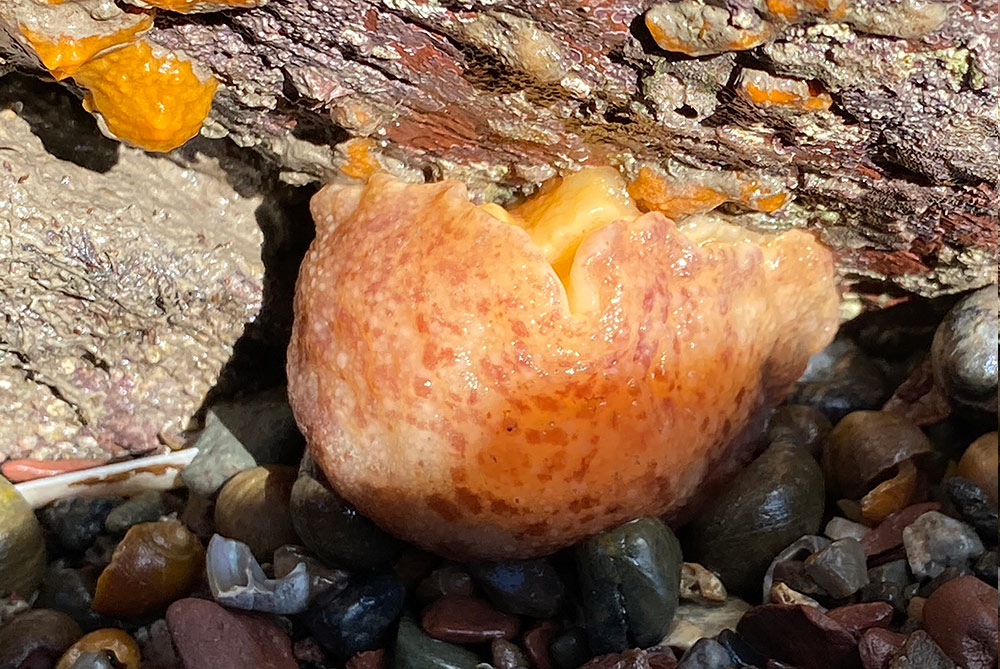
We couldn’t get to Skomer on 8th in a northerly wind, but still saw 3 harbour porpoises in Jack Sound, 2+ choughs, 3 wheatears and a distant puffin from the Deer Park looking out to Skomer.
Towards Skomer.
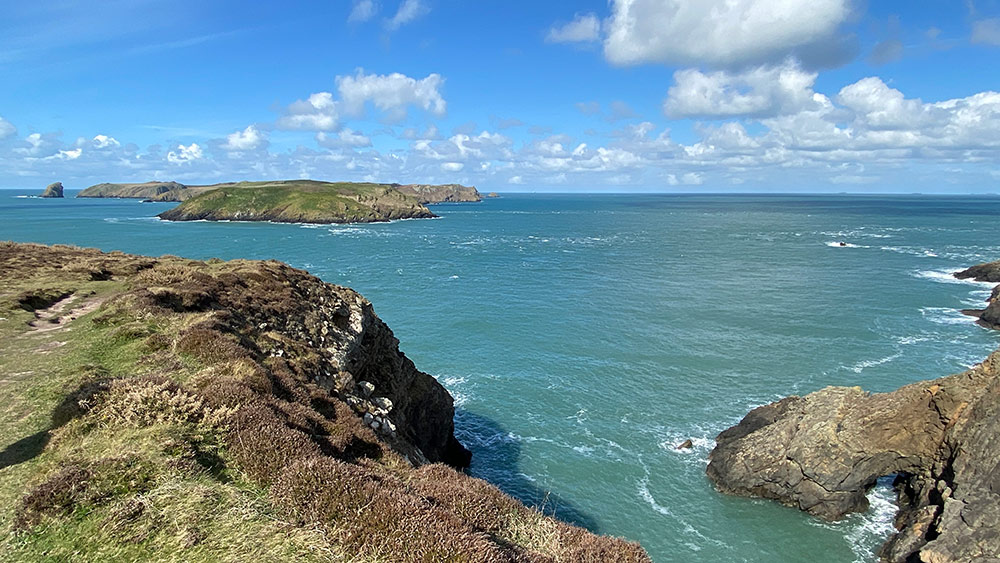
Marloes Mere.
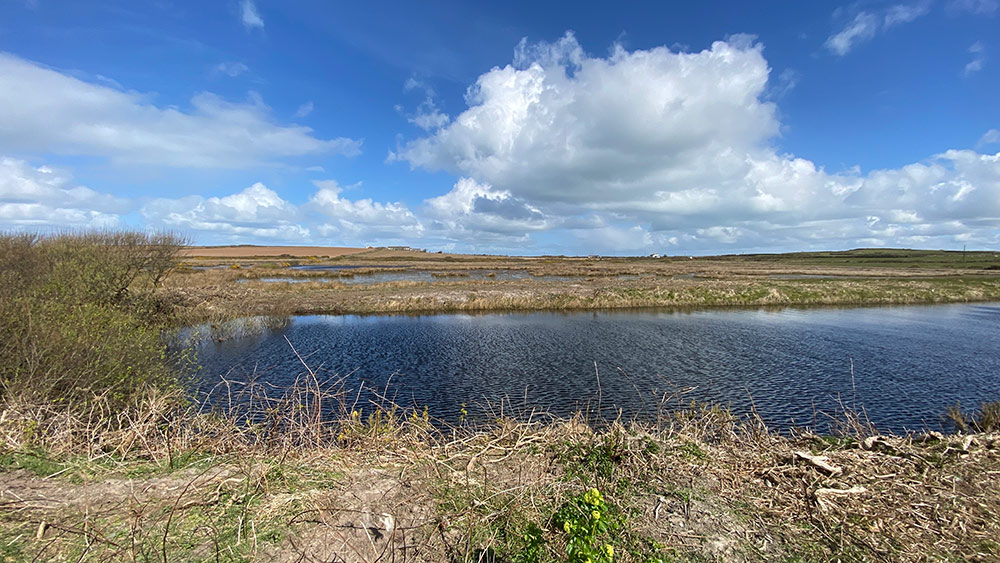
Towards Gateholm and Skokholm.
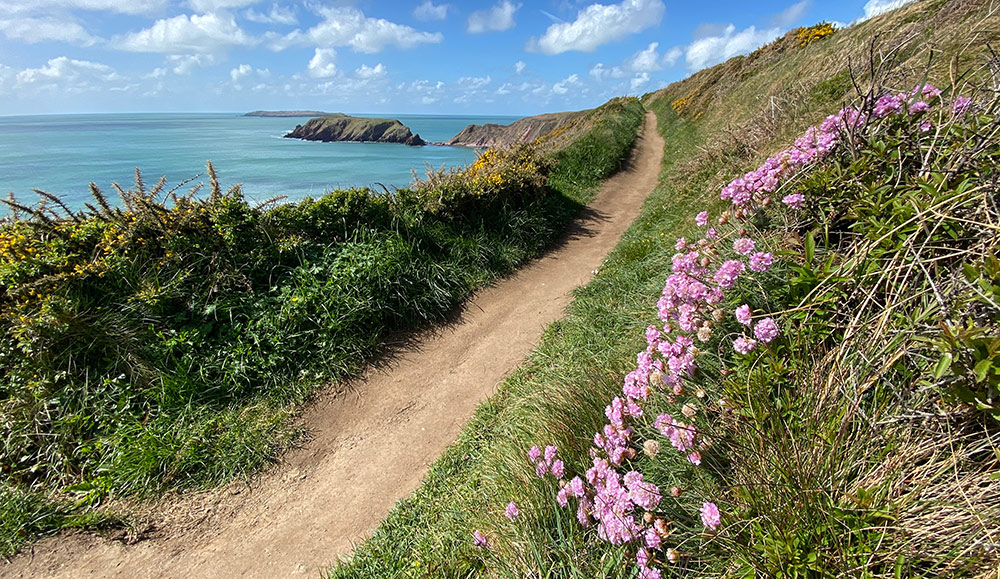
4th. The sand crocuses at Dawlish Warren looked good in overcast light. There were about 120 flowering in a small area, though they are difficult to spot with flowers under a centimetre in width. They were exuding lots of pollen. Dawlish Warren was the only location for them in Britain, until Ian Bennallick re-discovered a colony near Polruan in Cornwall in 2002.
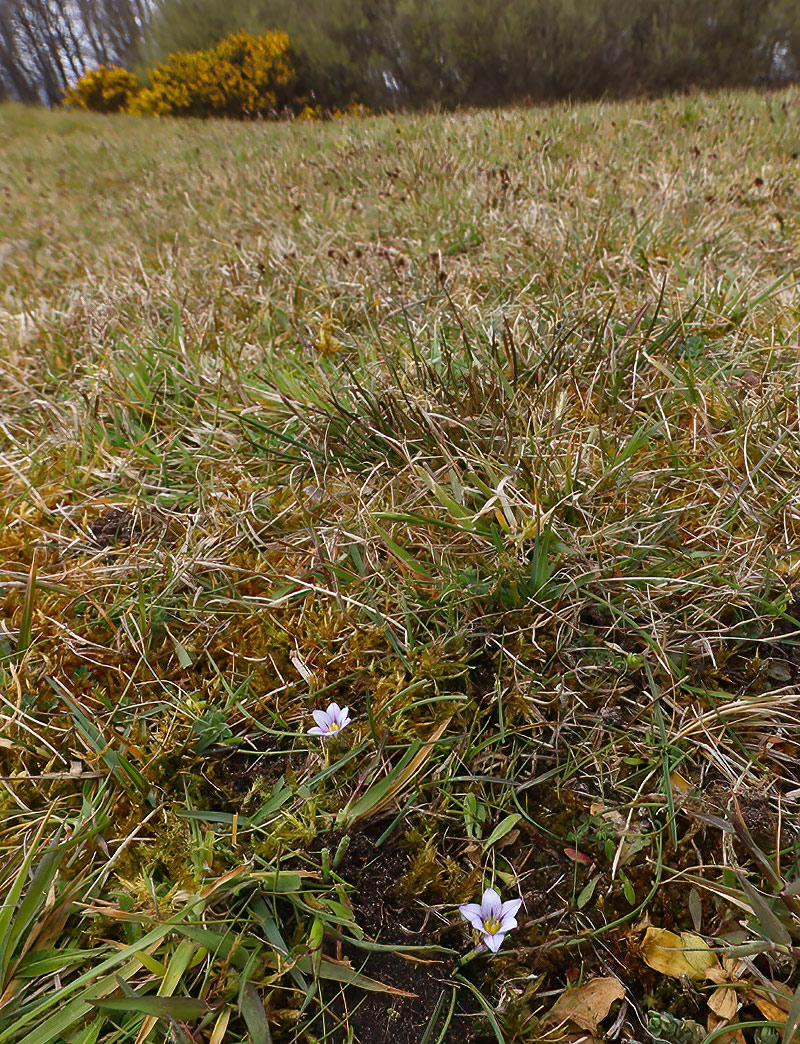
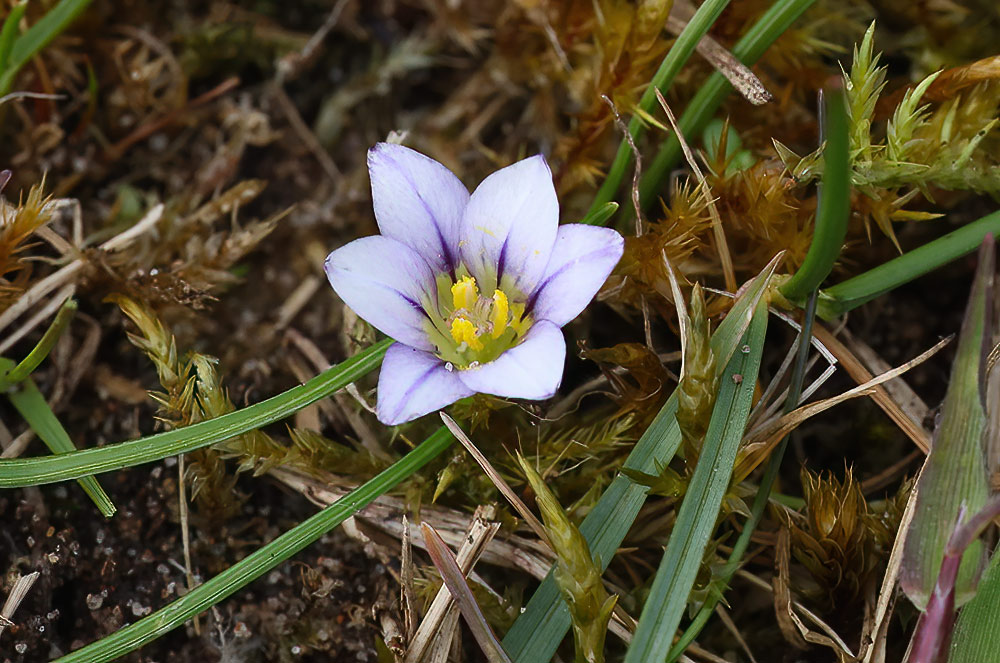
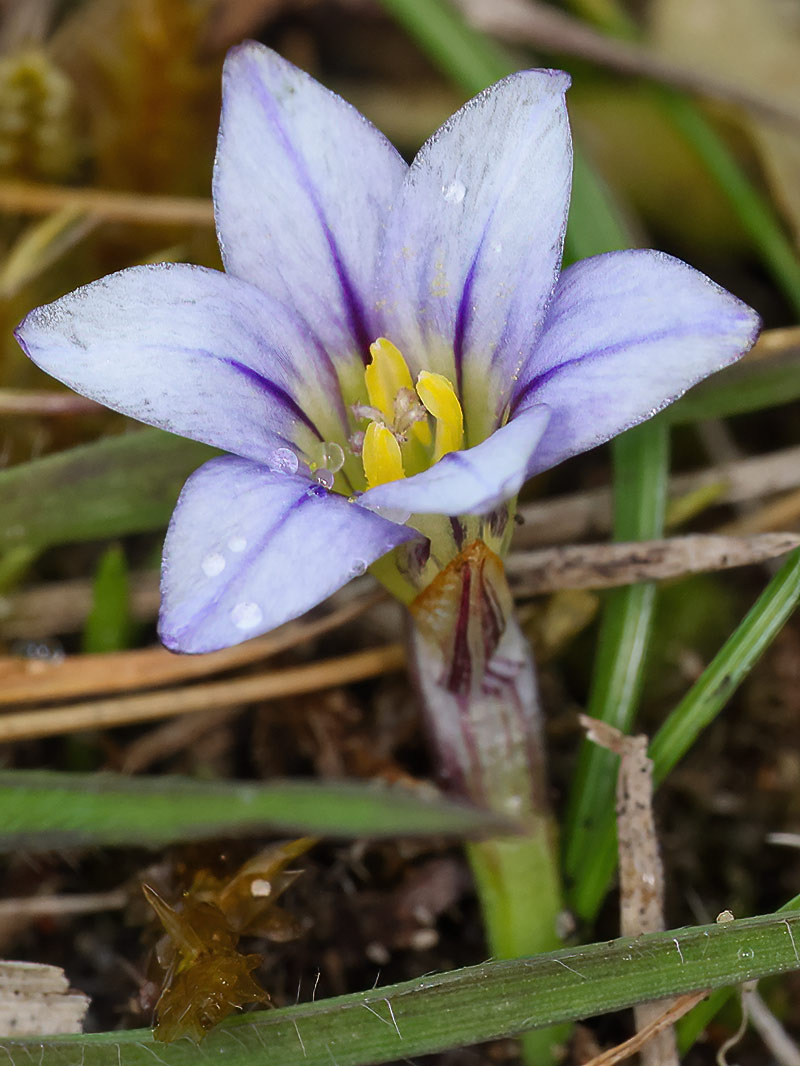
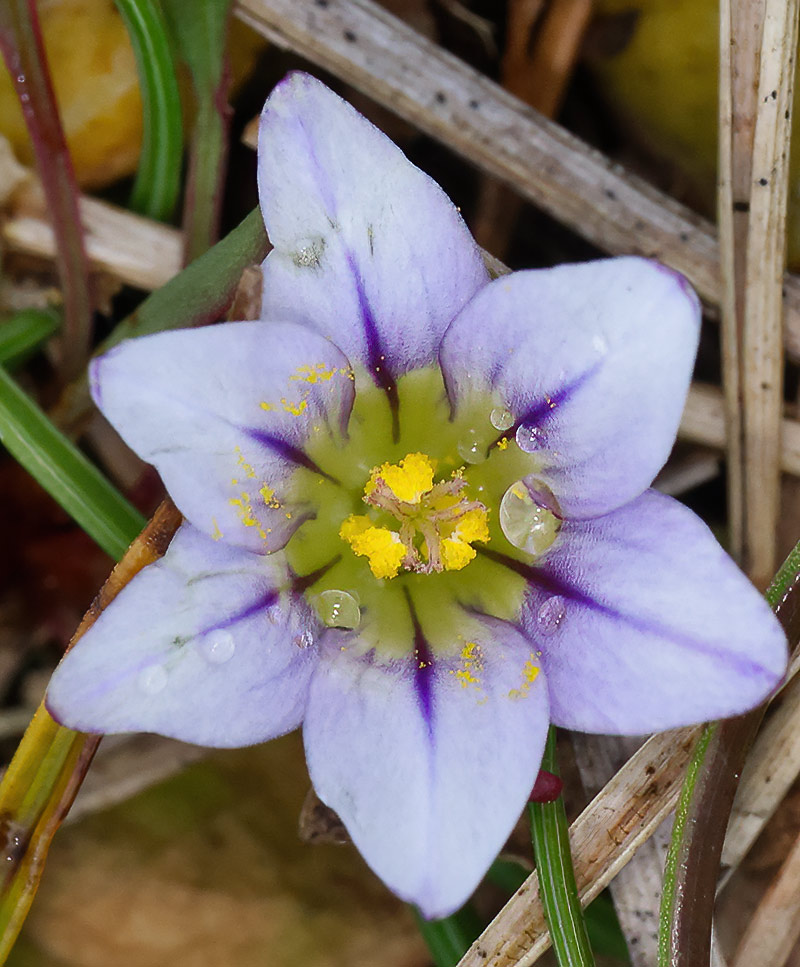
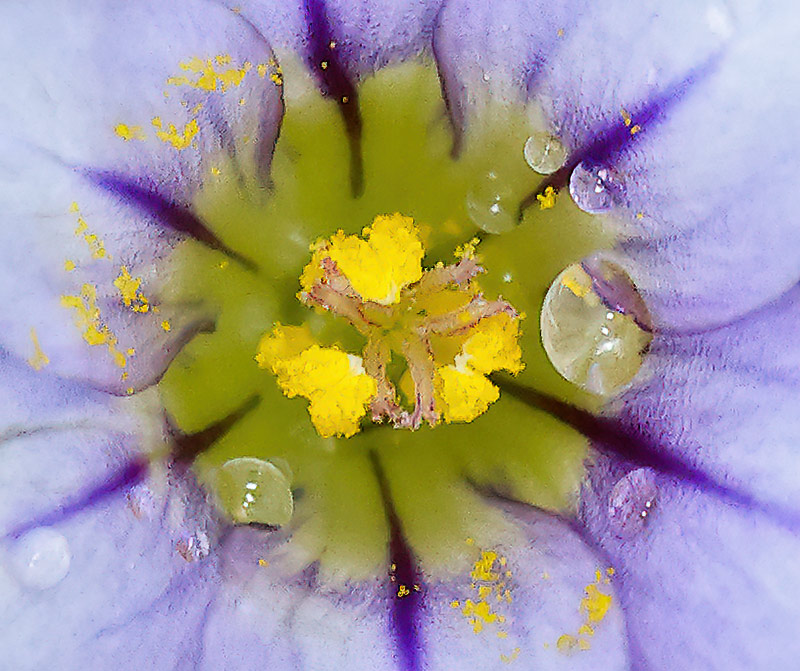
My first willow warbler of the year - heard at Dawlish Warren, and first swallows over Exminster marshes, where we also saw a first-winter spoonbill and a spotted crake.
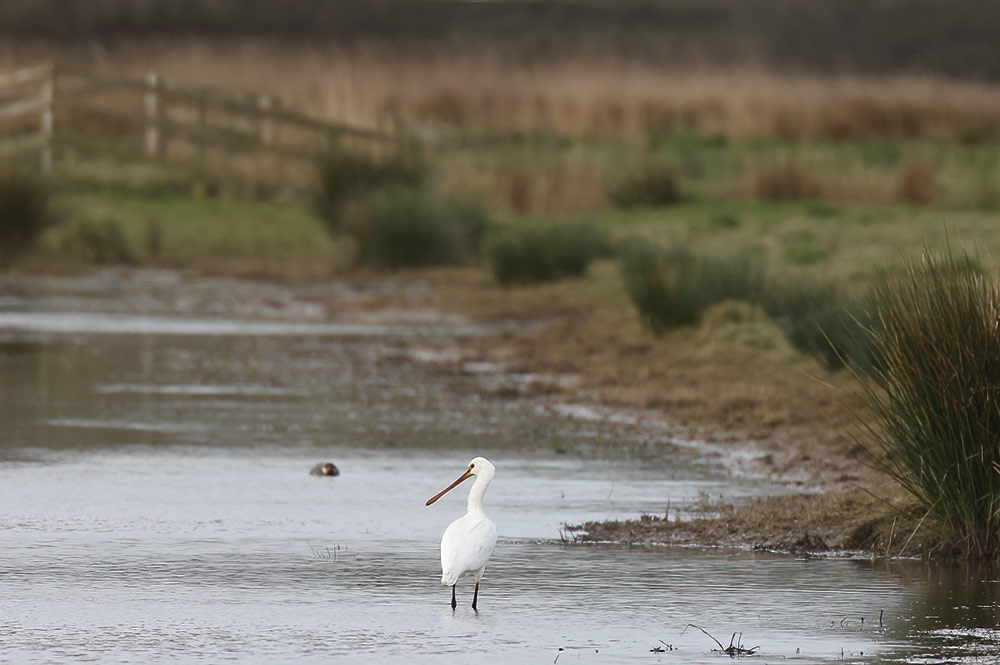
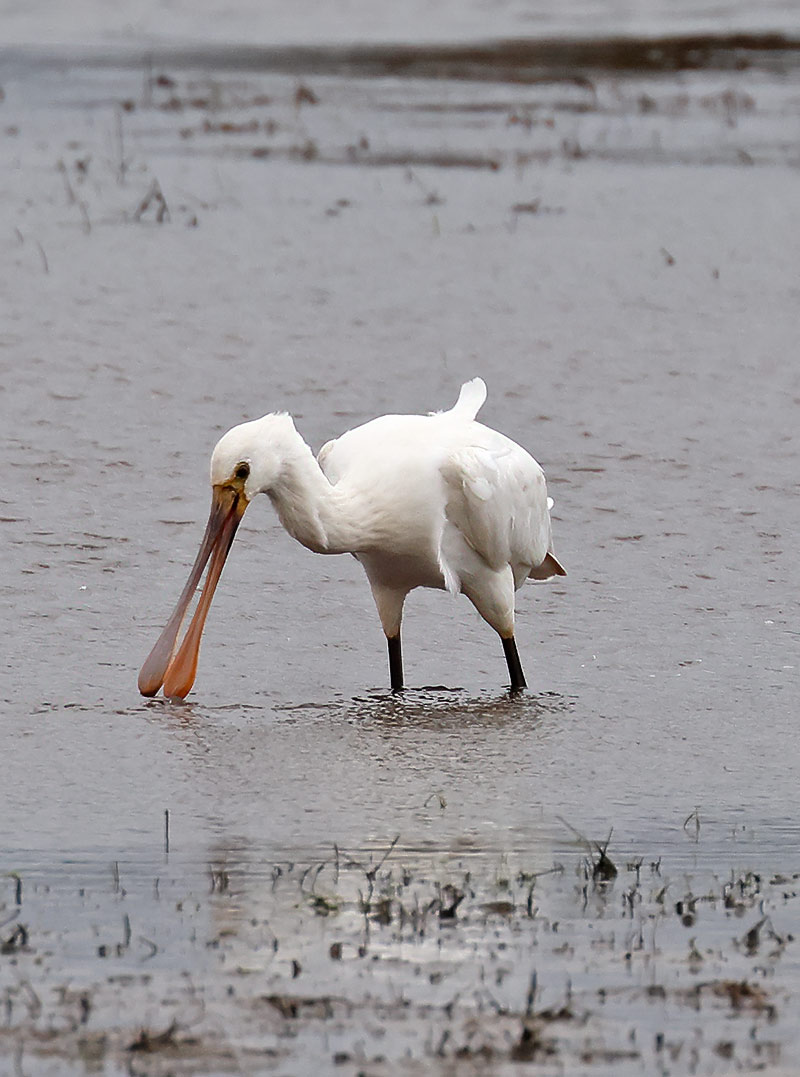
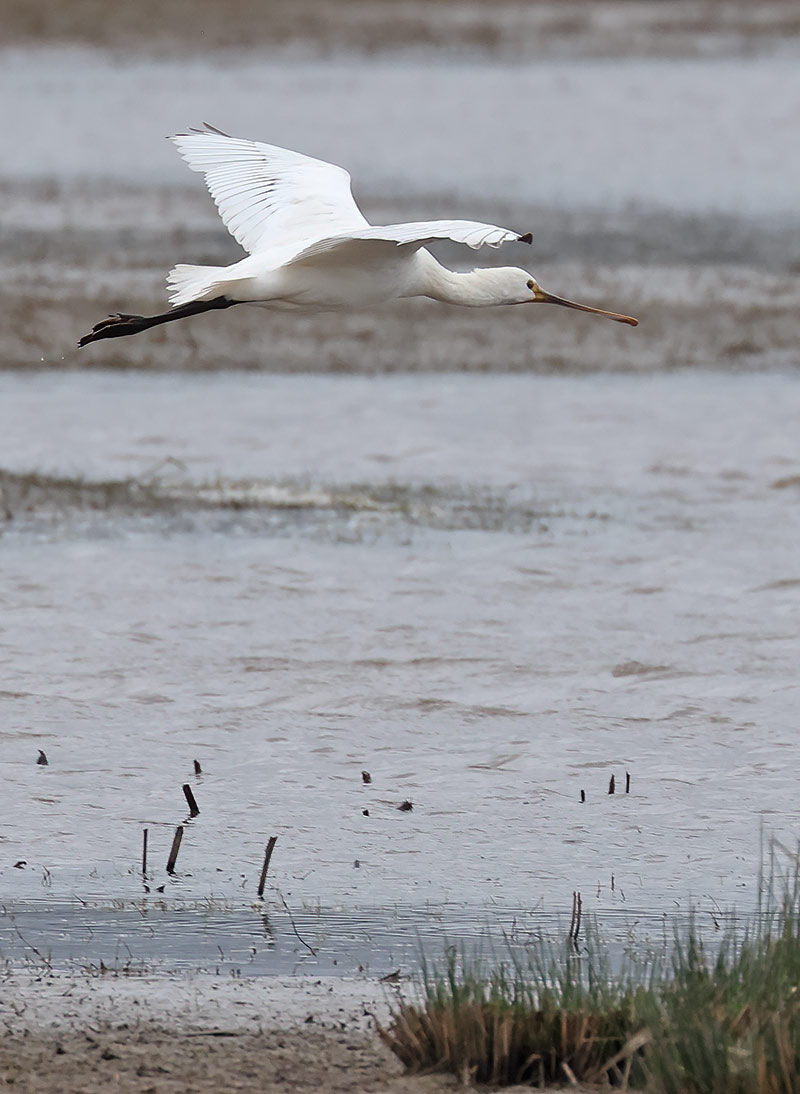
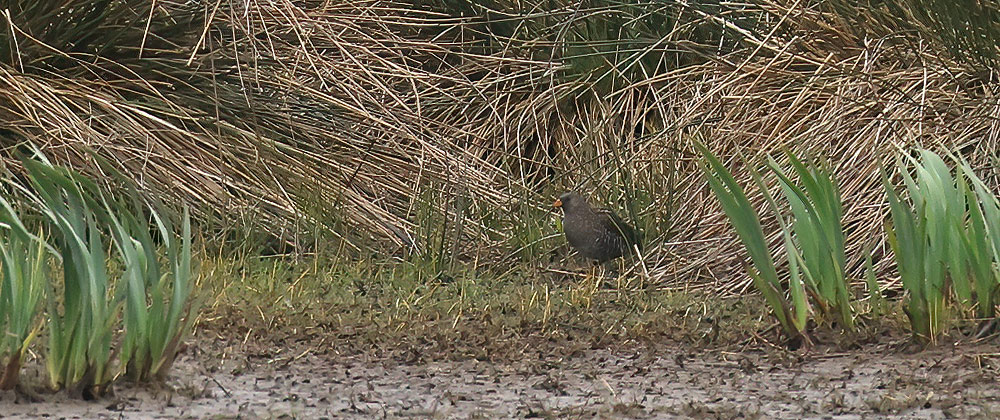
There were at least a dozen cirl buntings at Labrador Bay.
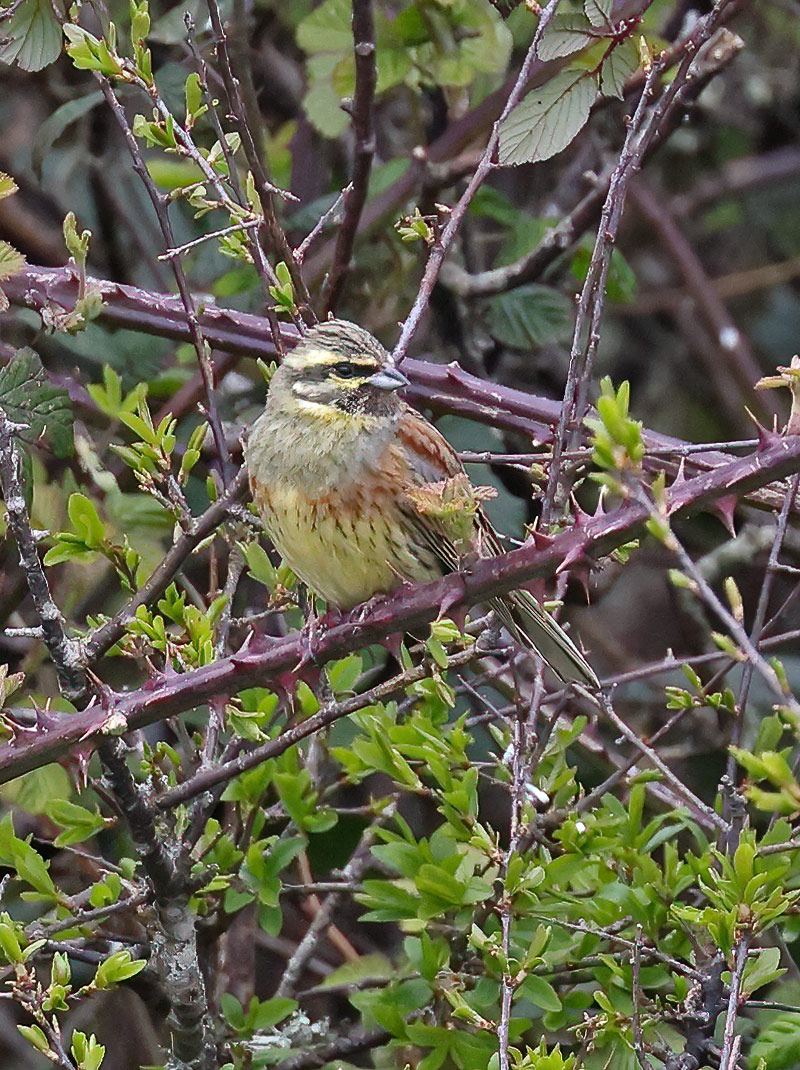
3rd. The Botanic Gardens are looking colourful. I tried photographing the Bristol rock cress, found only in Avon Gorge in the wild in Britain, though the flowers were not quite at the right stage. A pair of peregrines and a buzzard over the Avon Gorge.
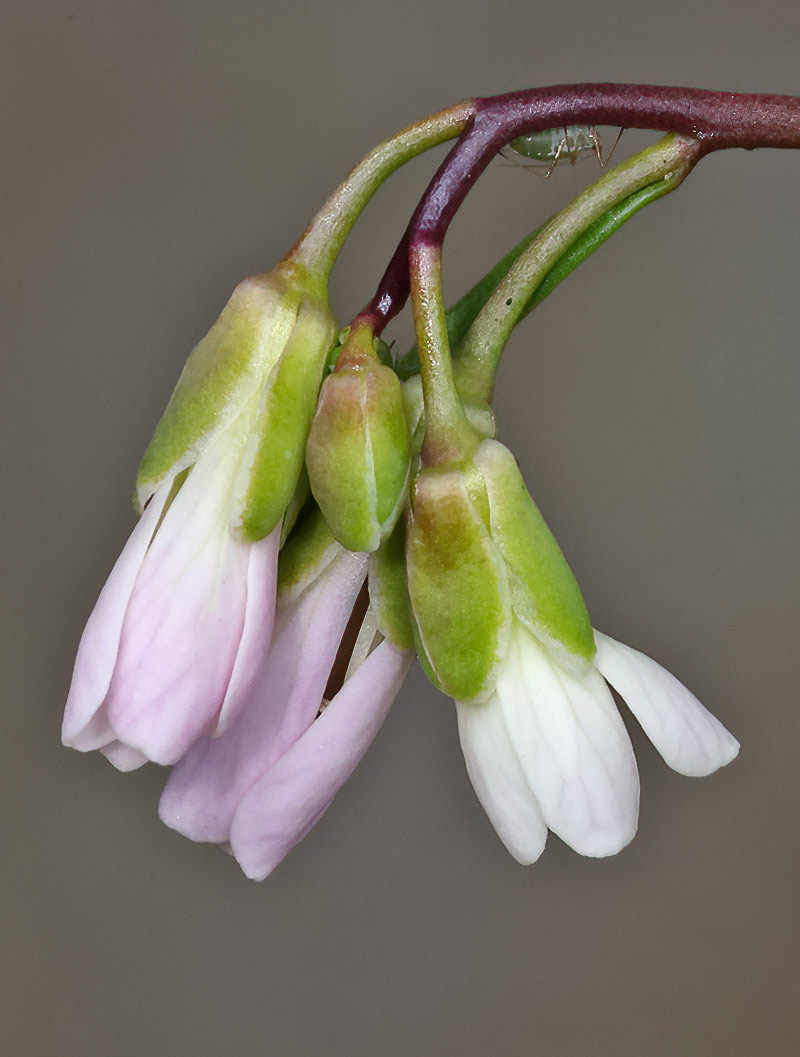
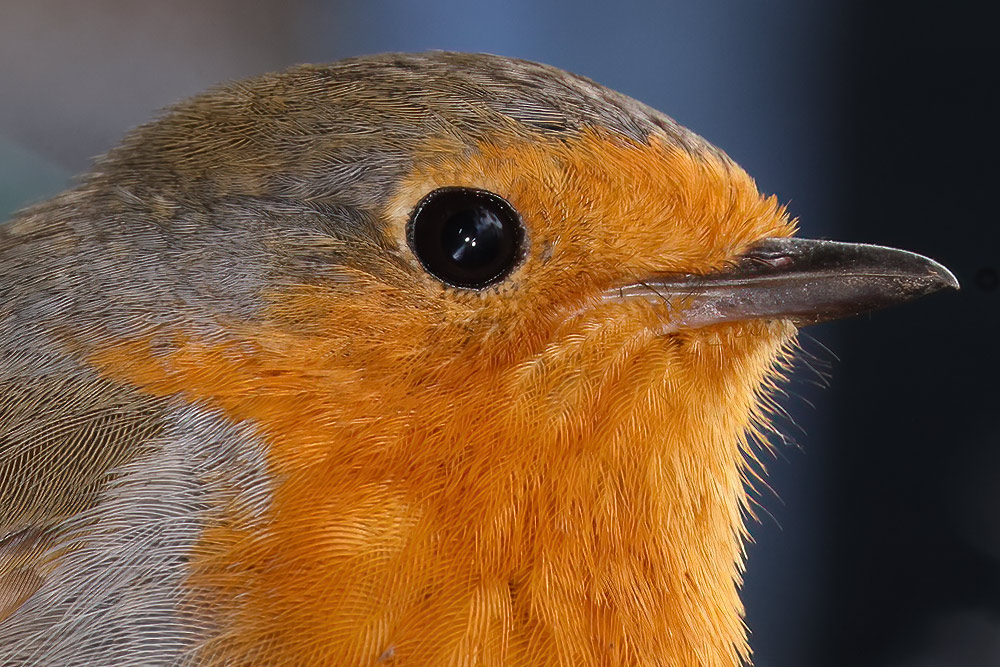
2nd. The cold northerly winds are still making the weather feel wintery despite the sunshine. Winter birds at Chew too - 11+ brambling, ca. 30 fieldfare, though some spring passage with 5 little gulls and 3 garganey.











